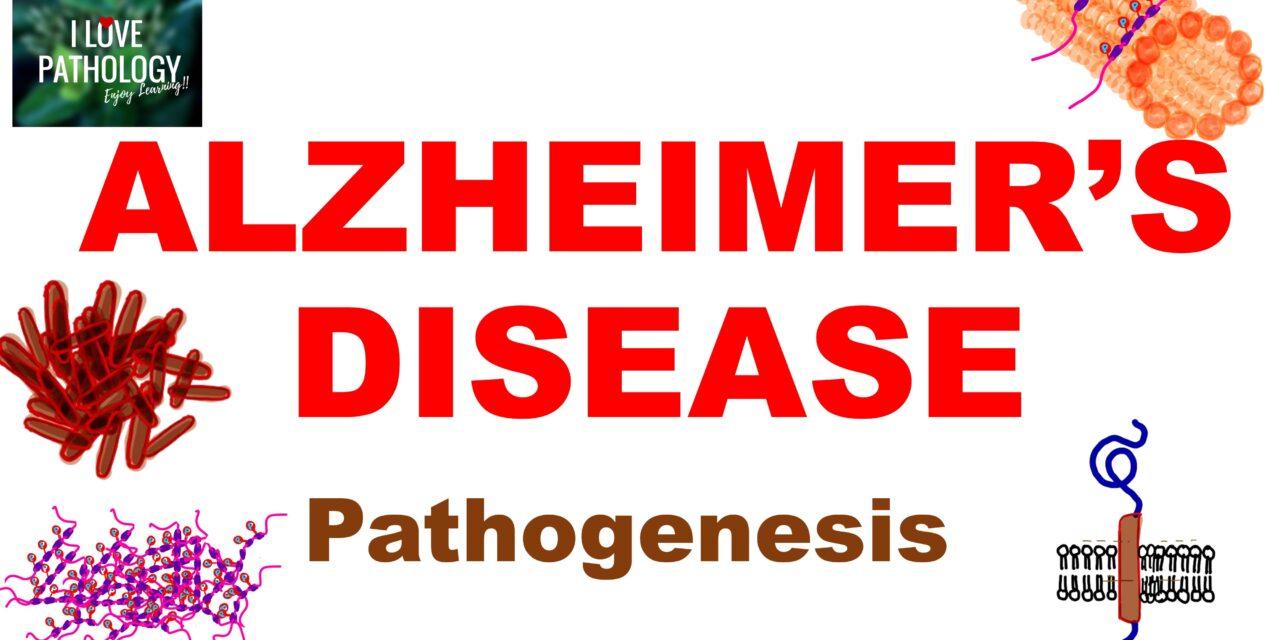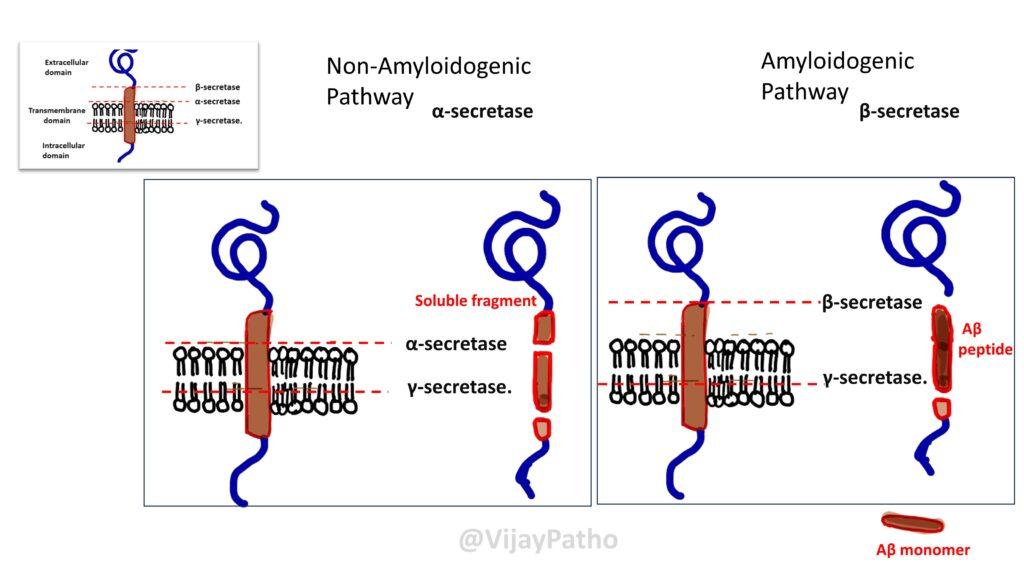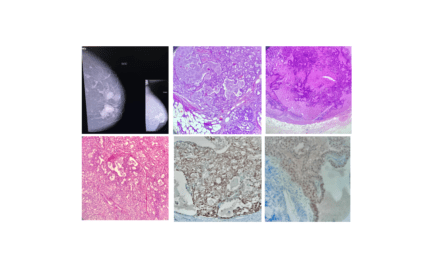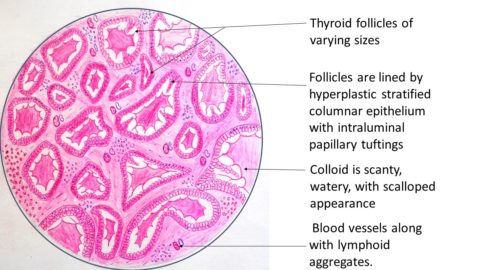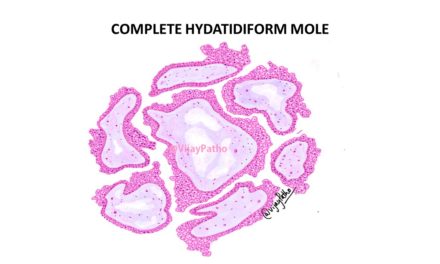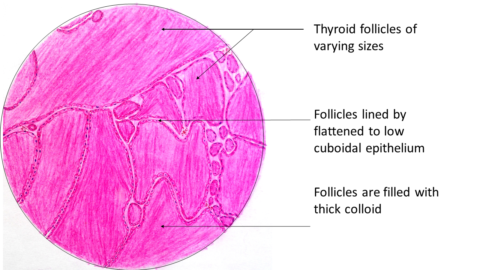What is Alzheimer’s disease?
Alzheimer’s disease is the most common cause of dementia among older adults, marked by the degeneration of neuronal cells, leading to impairments in cognitive functions, motor skills, behavior, and ultimately resulting in death.
Who discovered Alzheimer’s disease and when?
Dr. Alois Alzheimer, a German psychiatrist and neuropathologist, first identified Alzheimer’s disease in 1906. He presented a case of a patient with memory loss, disorientation, and hallucinations, and upon autopsy, found abnormal plaques and tangles in her brain.
How prevalent is Alzheimer’s disease?
The prevalence of Alzheimer’s disease increases significantly with age, doubling approximately every five years after the age of 65. For instance, while only 1% of those aged 60-64 might have Alzheimer’s, this increases to around 40% among those aged 85-89.
What are the forms of Alzheimer’s disease?
Alzheimer’s disease can be categorized into sporadic and familial forms. Sporadic Alzheimer’s is the most common, accounting for 90-95% of cases. Familial Alzheimer’s, which is often related to genetic mutations, makes up 5-10% of cases.
PATHOGENESIS
The disease’s pathogenesis involves the accumulation of amyloid beta proteins and tau proteins in the brain. This accumulation disrupts neuron function and leads to cell death. The process begins with the amyloidogenic pathway, leading to amyloid plaques and neurofibrillary tangles, which are hallmark signs of Alzheimer’s.
How are amyloid beta proteins produced?
Amyloid beta proteins result from the cleavage of amyloid precursor protein (APP) by specific enzymes. This process can follow two paths: a non-amyloidogenic pathway that does not lead to amyloid buildup, or an amyloidogenic pathway that promotes plaque formation.
Explain the significance of tau proteins in Alzheimer’s.
Tau proteins stabilize microtubules in neurons. In Alzheimer’s, these proteins become hyperphosphorylated and lose their ability to stabilize microtubules, leading to cell dysfunction and death.
What are the genetic factors involved in Alzheimer’s?
Mutations in genes related to amyloid precursor protein and presenilins, components of gamma-secretase, can increase amyloid beta production. Additionally, certain isoforms of the apolipoprotein E (APOE) gene, especially APOE ε4, are linked to a higher risk of Alzheimer’s.
What are amyloid plaques and neurofibrillary tangles?
Amyloid plaques are extracellular deposits of amyloid beta proteins, and neurofibrillary tangles are accumulations of hyperphosphorylated tau proteins within neurons that eventually become extracellular as the cells die.
What role does APOE play in Alzheimer’s disease?
APOE, particularly the ε4 allele, is associated with an increased risk of Alzheimer’s. It promotes amyloid beta generation and deposition, as well as tau-mediated neurodegeneration, even in the absence of amyloid proteins.
A definitive diagnosis involves detecting amyloid plaques and neurofibrillary tangles in brain tissue, usually at autopsy. However, clinical assessments and radiological methods can diagnose Alzheimer’s in living patients with a high degree of accuracy.
CLICK here to read Alzheimer’s disease – Pathological findings
CLICK below to watch the video on Pathogenesis of Alzheimer’s disease

